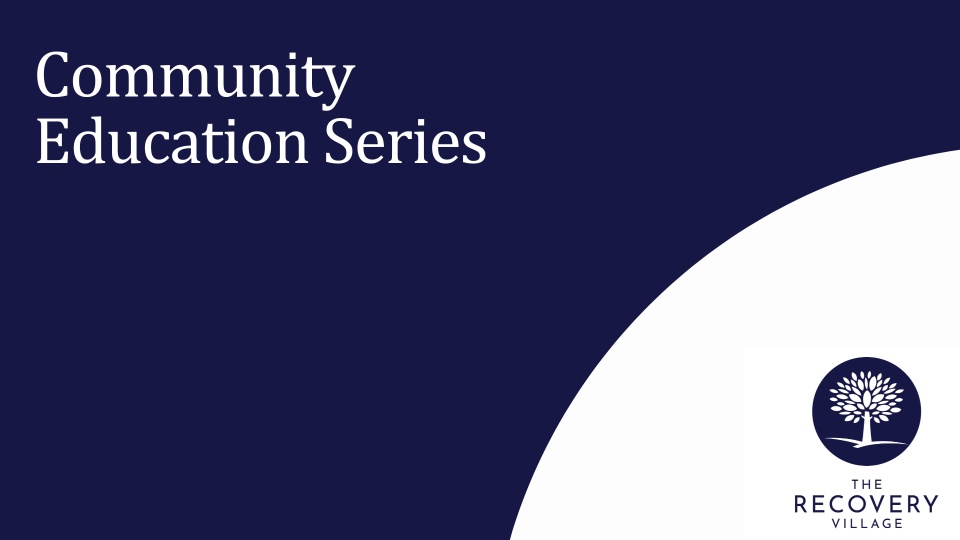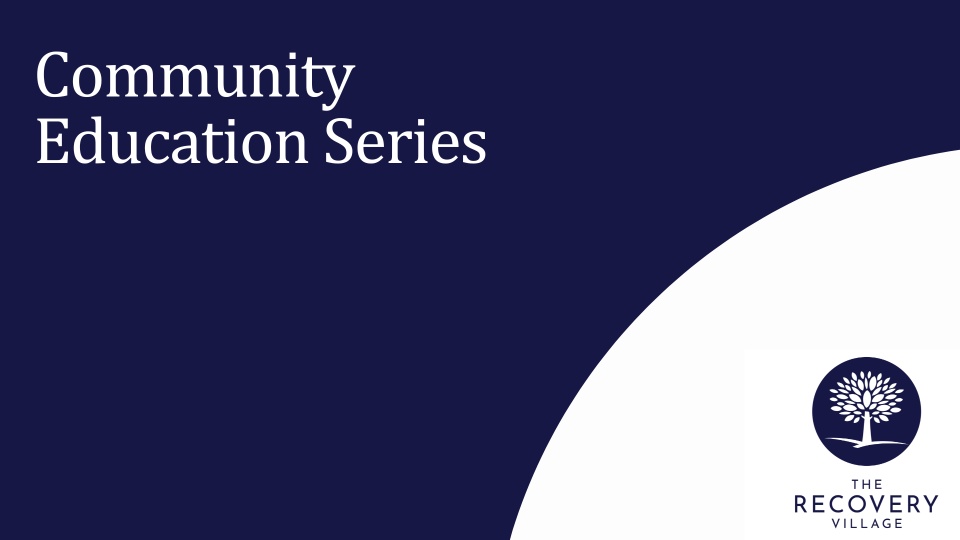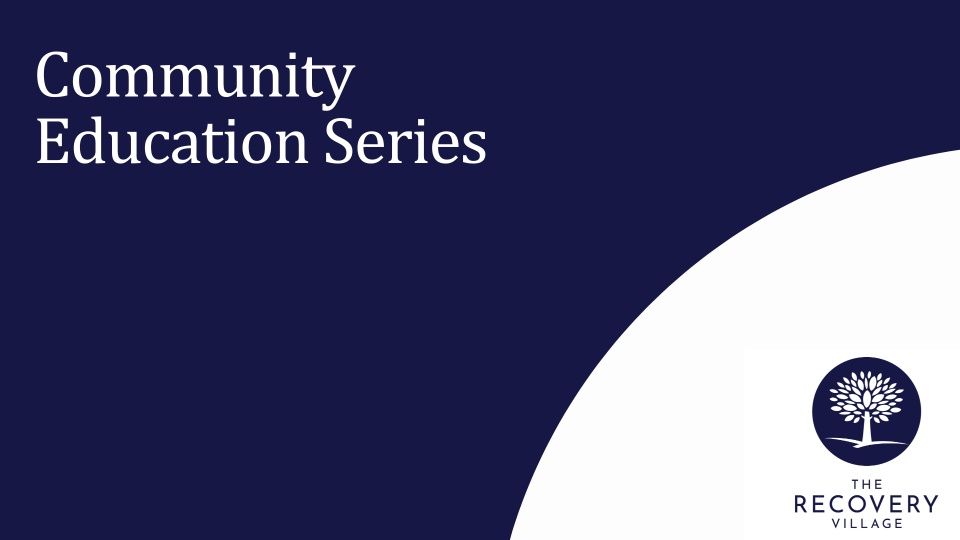Estimated watch time: 55 mins
Available credits: none
Objectives and Summary:
Many children and adolescents with bipolar disorder go undiagnosed and poorly treated. This can result in devastating life consequences, including substance abuse and suicide. In this webinar presentation, Michael Pipich, MS, LMFT, shares a variety of diagnostic techniques and treatment approaches for young people with bipolar disorder and their families.
By watching this presentation, the viewer will:
- Learn about bipolar disorder and how it affects individuals who live with the condition
- Understand the lifelong effects that can occur when bipolar disorder remains undiagnosed and untreated
- Be aware of ways that clinicians can better diagnose and treat bipolar disorder









